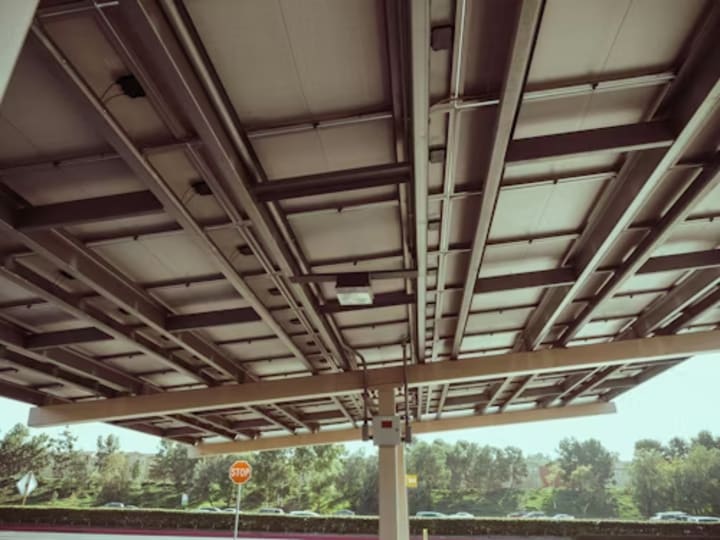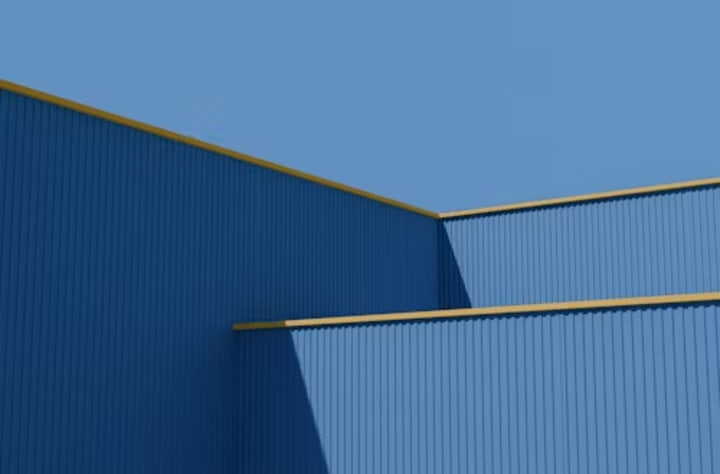Choosing between corrugated and ribbed metals roofing panels is an important decision for both new construction and roof replacements. While both are made from durable steel or aluminum and offer long lifespans, they differ in design, performance, and aesthetic appeal. Corrugated panels use a continuous wave pattern for structural integrity and a rustic appearance, while ribbed panels feature flatter sections between raised ribs, giving a more uniform, modern look. Property owners and contractors looking for reliable and cost-effective metal roofing solutions often evaluate metal panel types and options to match their building goals, climate needs, and style preferences. Each type has advantages that suit specific applications depending on environment, budget, and visual appeal. Contact us at (844) 551-3620.

Structural Characteristics and Material Durability
Corrugated metal roofing typically offers good strength due to its curved wave profile, which helps disperse pressure and manage snow and wind loads. However, it generally uses a thinner gauge metal than ribbed panels, which may affect its long-term resistance to impacts in high-stress environments. Ribbed panels are designed with increased rigidity. The flat sections between ribs give added surface area, and the ribs themselves act like structural reinforcements. For applications where higher load capacity or enhanced wind uplift resistance is required, ribbed panels often outperform corrugated designs.
Material Thickness and Fastener Systems
Both panel types are available in varying gauges, but ribbed metal panels are more commonly used in heavier gauges (e.g., 24-gauge), making them a stronger choice for commercial buildings or storm-prone regions. Corrugated panels are often 26- or 29-gauge and are better suited for light-duty residential, shed, or barn applications. Fastener placement is another key difference. Both systems generally use exposed fasteners, but ribbed panels often have more precise alignment options and can be fastened through the flat sections for better sealing. Corrugated panels, on the other hand, require fasteners along the peaks, which can increase the number of potential water entry points over time.
Affordability and Labor Requirements
Corrugated metal roofing is usually the more budget-friendly option. Its lightweight nature and simple pattern make it easy to install, even for smaller crews or DIY-friendly projects. Because the material is more flexible and forgiving during installation, it’s commonly used in agricultural buildings, sheds, or garages.
Corrugated panels and Ribbed panels
Ribbed panels require slightly more precision in alignment and fastening but are still straightforward to install by professional contractors. Their cost may be slightly higher due to material thickness and profile complexity, but they often offer better long-term value for buildings exposed to harsh weather or requiring higher performance.
- Corrugated panels: Lower material and labor cost, ideal for budget-focused builds
- Ribbed panels: Slightly higher cost but better performance in demanding environments.
Maintenance Needs Over Time
Both systems are low-maintenance compared to traditional shingles or tiles. However, exposed fasteners should be inspected periodically for loosening or sealant degradation. Corrugated metal roofs, due to their wave shape and fastener placement on the ridges, may be more prone to fastener wear and water ingress over time. Ribbed panels typically have straighter alignment, allowing water to shed more efficiently. Their flat sections can also make it easier to spot early signs of wear or corrosion, especially around fasteners and overlaps.
Suitability for Different Building Types and Climates
Residential vs. Agricultural Use
Corrugated metal roofing has a long-standing association with barns, outbuildings, and rural architecture. Its wavy appearance gives a traditional, rugged charm that complements country homes, farmhouses, and historic restorations. It is also a good match for projects where aesthetics are less critical than affordability and function. Ribbed panels, on the other hand, have a more contemporary look that suits suburban homes, modern architectural designs, and commercial buildings. Their clean lines and bolder appearance enhance curb appeal and support a wide range of paint finishes and textures.
Weather Resistance and Climate Adaptability
In hot or coastal climates, both corrugated and ribbed metal panels benefit from reflective finishes and corrosion-resistant coatings such as Galvalume® or PVDF-based paints. Ribbed panels tend to be more resistant to extreme weather, including high winds and hail, due to their stronger structural profile and increased thickness options.
Corrugated panels perform well in moderate climates but may require additional fastener maintenance in areas with significant temperature swings or wind uplift. Homeowners in hurricane zones or regions with heavy snowfall will likely benefit from the strength and stability of ribbed panel systems.
Design Options and Customization
Both corrugated and ribbed panels can be ordered in a wide range of standard and custom colors. Modern coating technologies, such as Kynar 500®, help maintain vibrant color while protecting the metal from UV fading and corrosion.
Color selection often depends on the structure’s surroundings and desired look. Neutral colors like gray, charcoal, and tan are popular across both panel styles, while bold shades like red, blue, or black can make architectural features stand out. Ribbed panels generally offer more consistency in finish, due to their flatter surface areas, which can create a cleaner overall appearance.
Available Profiles and Architectural Flexibility
Corrugated metal typically has a ⅞-inch wave pattern, although other styles exist with smaller curves or unique ripples. These options are usually standard and limited in profile variation. Ribbed panels come in multiple configurations, including R-panel, U-panel, and PBR-panel styles. These profiles vary in rib height, width, and spacing, offering more flexibility in visual and structural performance. As a result, ribbed metal roofing is often the better choice for projects where both aesthetics and engineering requirements are priorities.

Final Thoughts
Both corrugated and ribbed metals roofing panels offer dependable performance, long life, and low maintenance. The best choice comes down to your specific project goals, budget, and building type. Corrugated metal is ideal for simpler structures, rural applications, and budget-conscious homeowners who value a classic look. Ribbed panels, meanwhile, provide a modern profile, enhanced strength, and superior adaptability for residential and commercial buildings alike. Whether you're building a shed, re-roofing a home, or specifying materials for a new development, understanding these differences helps you make an informed investment. For expert guidance, product recommendations, and installation services, reach out to the team at Metals Roofing to discuss the best solution for your project.
FAQs
Which is stronger corrugated or ribbed metal roofing?
Ribbed metal roofing is generally stronger due to thicker gauges and a more structured profile. It handles higher wind and snow loads more effectively than corrugated options.
Is corrugated metal roofing cheaper than ribbed panels?
Yes. Corrugated panels are typically more affordable in terms of both material cost and installation labor. They're a solid option for sheds, barns, and budget-sensitive projects.
Can I use ribbed metal roofing on residential homes?
Absolutely. Ribbed panels are popular for modern homes and provide a clean, architectural look with excellent durability. They are widely used in both urban and suburban settings.
Are both types of panels available in different colors?
Yes. Both corrugated and ribbed panels can be ordered in a range of colors and finishes, including energy-efficient cool roof coatings and custom paint systems.
Do ribbed or corrugated roofs require more maintenance?
Corrugated panels may require more frequent fastener checks and sealant updates due to ridge-fastener placement. Ribbed panels typically provide better water shedding and alignment, requiring less upkeep.
Who should I contact for help choosing the right metal roof?
For expert advice, panel comparisons, and custom quotes, visit metalsroofing.com or contact their knowledgeable team for personalized support.